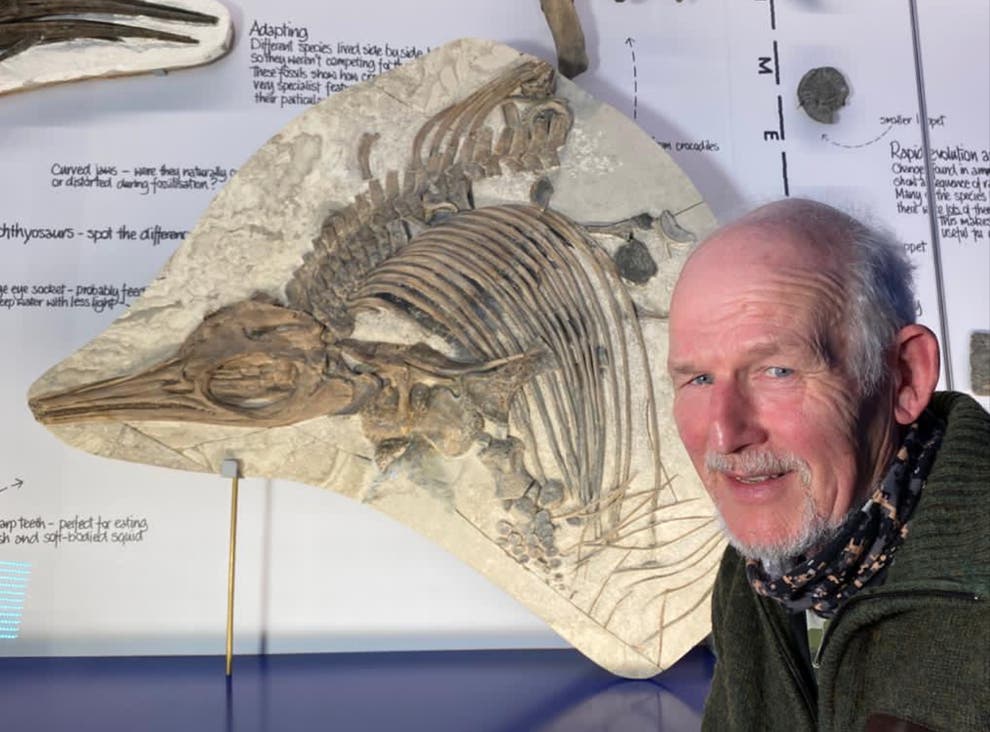Harvard astrophysicist Avi Loeb has proposed that the object known as C/2024 S1 (ATLAS), initially thought to be a comet, could be a form of alien technology. First detected on July 1, 2025, this interstellar visitor was expected to merely pass by Mars. However, new calculations from Loeb’s team at Harvard and independent analysts at NASA’s Jet Propulsion Laboratory have revealed startling details about its behavior, suggesting it may not be a typical space rock.
C/2024 S1 is moving at an astonishing speed of 87 km/s relative to the Sun, faster than any object humanity has tracked from interstellar space. It covers the Earth-Moon distance in under 80 minutes. Its trajectory is unusually precise, aligning closely with the orbital plane of the planets, a rare occurrence for interstellar objects. Recent data indicate it could come within 1.95 million km of Mars on September 26, 2025—a close shave in astronomical terms, where Mars’ gravity could influence its path. A mere 10 km/s increase in velocity could shift its orbit enough to cause a collision with Mars, potentially within weeks.
The object’s behavior raises further questions. Its coma, the hazy halo surrounding it, has doubled in brightness since August, showing unusual high-energy ultraviolet spikes and CO2 outgassing rates far exceeding those of typical comets. Unlike natural comets, which release gas chaotically as they heat up, C/2024 S1 emits gas in precise, clock-like pulses every 17 minutes, resembling the controlled thrusts of a spacecraft. These pulses appear to adjust its trajectory, potentially closing the distance to Mars to under 50,000 km—closer than some Martian moons.
Spectroscopic analysis from the Gemini South telescope in Chile has revealed anomalies: the object’s tail emits nickel gas without the expected iron, a pattern not seen in natural comets, where both elements typically appear together. Additionally, cyanide levels in the gas plume spike sharply as the object nears the Sun, defying the predictable sublimation patterns of comets. These findings, combined with its high CO2 output, suggest a possible technological origin, as modern engineering materials could release such gases under solar heat.
C/2024 S1, estimated to be 20 km in diameter—larger than Manhattan—would cause catastrophic damage if it struck Mars. A direct hit could release energy equivalent to 2 million megatons of TNT, creating a 60 km wide, 5 km deep crater, ejecting debris into Mars’ orbit and potentially into interplanetary space. Such an impact could disrupt Mars-based spacecraft, including the Mars Reconnaissance Orbiter and Perseverance Rover, crippling decades of scientific work.
NASA is quietly preparing, with the Mars Reconnaissance Orbiter tracking the object’s path and Goldstone’s high-gain antennas bouncing radar off its core. Leaked reports describe the radar returns as “hard metallic” rather than the soft ice signatures expected of comets, hinting at an artificial structure beneath the icy exterior. The European Space Agency’s Mars Express has also photographed three small glinting objects in a triangular formation in Mars’ orbit, possibly scout probes ejected by C/2024 S1.
Loeb and his student Adam Hibard argue in a new paper that C/2024 S1 could be a directed probe from an advanced civilization, designed to graze Mars and deposit materials or crash deliberately. Its gas pulses suggest active steering, akin to spacecraft thrusters. The object’s origin in the Sagittarius constellation, where mysterious radio signals like the 1977 WOW signal were detected, adds to the speculation.
As C/2024 S1 approaches its perihelion in late October 2025, scientists are mobilizing global observatories, including Hubble and JWST, to monitor it. Amateur astronomers have reported its tail splitting into three green, aurora-like streams pulsing in sync with its gas emissions, seemingly aimed at Mars. If it maintains its course, the critical window for final trajectory adjustments is September 19–30, 2025, when it could either pass safely or strike Mars at 57 km/s, vaporizing vast amounts of rock.
The implications are profound. If C/2024 S1 is artificial, it could represent the first evidence of extraterrestrial intelligence, not as a radio signal but as a physical object. A Mars impact could scatter debris, potentially carrying engineered microbes or nanotechnology, across the inner solar system, raising concerns about planetary contamination. Space agencies, including NASA, ESA, Roscosmos, CNSA, and JAXA, have formed emergency task forces to study the object and consider interception options.
This isn’t the first interstellar visitor to spark debate. In 2017, ‘Oumuamua displayed unexplained acceleration and lacked a typical comet tail, but was dismissed as natural by most scientists. C/2024 S1 offers a second chance to investigate such anomalies. With its closest Mars approach on October 3, 2025, NASA’s Mars Reconnaissance Orbiter and other missions like Psyche and JUICE may capture critical data, potentially confirming whether this object is a natural phenomenon or something far more extraordinary.
Best Case for Extraterrestrial Origin:
- Unusual Size and Composition: At 20 km wide, C/2024 S1 is vastly larger than previous interstellar objects like ‘Oumuamua, with a metallic core and gas emissions (nickel, cyanide, CO2) inconsistent with natural comets.
- Precise Trajectory: Its path aligns perfectly with the ecliptic plane, a rare alignment suggesting a planned route, similar to engineered spacecraft like Voyager.
- Controlled Gas Pulses: The 17-minute gas emissions act like thrusters, steering the object with precision unattainable by natural comets, requiring energy levels (possibly fusion or antimatter) beyond known comet outbursts.
- Anomalous Light and Radar: Reports of self-produced light and metallic radar echoes suggest an artificial structure, possibly coated with engineered materials.
- Sagittarius Origin: Its origin in a region known for mysterious radio signals raises the possibility of a connection to an intelligent source.
- Orbital Anomalies: The potential presence of scout probes and synchronized gas emissions suggest a craft designed to blend in as a comet while executing a deliberate mission, possibly to study or interact with our solar system.
Whether C/2024 S1 is a natural comet or an alien probe, its behavior challenges conventional science. By mid-September 2025, the world will watch as it threads a cosmic needle, potentially rewriting our understanding of the universe.






















